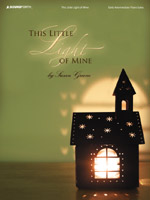Excellent Piano Keyboard Stand!
Monday, August 8th, 2011Just thought I’d share this bit of information to church pianists looking for an affordable, sturdy keyboard stand. My original keyboard stand was getting so rickety that I decided to upgrade to a more durable keyboard stand.
After several days of researching keyboard stands online…I found an excellent deal! I bought it online from Walmart. This particular stand was only available online. Having it shipped to Walmart (site to store) voided any shipping costs. The grand total was $32.27…well worth it too! Now my keyboard doesn’t wobble to and fro while I play. 🙂
Click here to see the keyboard stand I purchased.
*Make sure you read the consumer reviews on the above product link.




